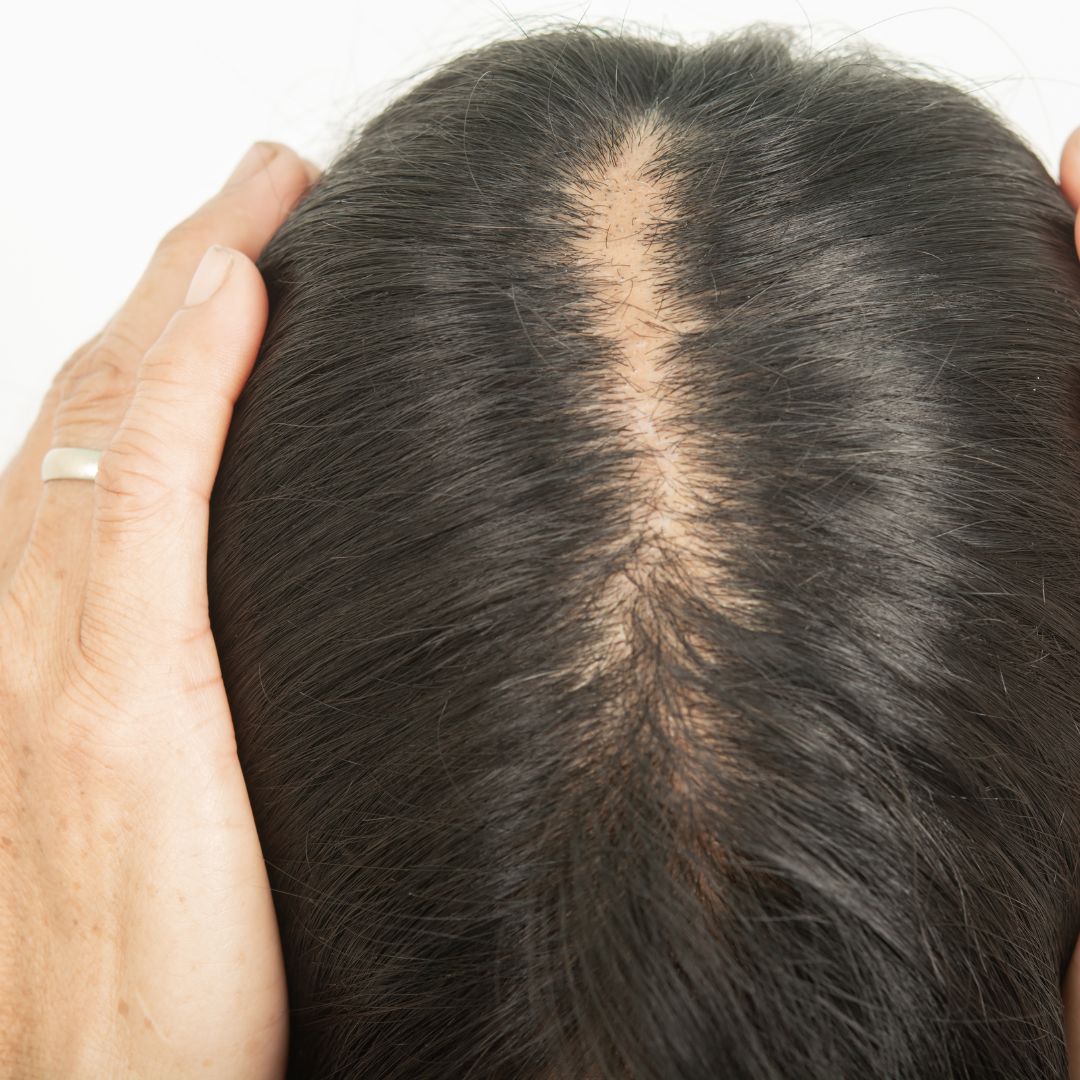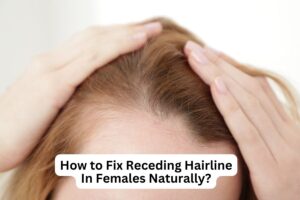Hair thinning is one thing that any woman can face in unspecified time in the future of their lives. As a substitute of joking or feeling embarrassed about it, women must be higher knowledgeable about it. So, you may be telling yourself my Hair so thin that I can see through my scalp; What can I do about it?
Don’t worry, we got you, in this article we will tell you the secrets that can make your scalp healthy and replace your thin hair with full shiny hair. So, continue reading.
Check out Natural Ways to Prevent Hair Loss; Thick and Strong
My Hair is so thin that I can see my scalp; What to Do?
Hair thinning can be a frustrating and emotional experience, but with the right natural haircare routine, you can promote healthy hair growth and give your locks the love they need.
Make your scalp healthier
A healthy scalp is the foundation for healthy hair growth. To promote a healthy scalp, start by cleansing your hair regularly with a gentle, sulfate-free shampoo.
Massage the shampoo into your scalp, using your fingertips to stimulate circulation and remove any buildup. Avoid using hot water, which can dry out your scalp and hair, and instead opt for lukewarm water.
Use natural oils for nourishment
Natural oils are a great way to nourish your hair and promote healthy growth. Some of the best oils for hair thinning include coconut oil, olive oil, and castor oil. To use, simply warm the oil in your hands and massage it into your scalp and hair, paying special attention to the roots. Leave the oil in for at least 30 minutes, or overnight, and then rinse it out with warm water.
Consider using a hair mask
In addition to natural oils, you may also want to consider using a hair mask once a week. Look for a mask that contains ingredients like avocado, honey, or aloe vera, which can help strengthen and nourish your hair. Apply the mask to your hair, focusing on the roots, and leave it on for at least 30 minutes before rinsing it out with warm water.
Be gentle with your hair
When you have thinning hair, it’s important to be gentle with your locks to avoid further damage. Avoid using hot styling tools, such as flat irons and curling irons, and instead opt for heat-free styling methods, like air-drying or using foam rollers. When brushing or combing your hair, be gentle and use a wide-toothed comb or brush designed for detangling.
Check out How to Stop Severe Hair Breakage and Thinning
Eat a healthy diet
What you eat can also have an impact on the health of your hair. Aim to eat a diet rich in vitamins and minerals, such as iron, zinc, and vitamin D. Some good food choices for healthy hair include leafy greens, eggs, nuts, and salmon. Additionally, make sure you are staying hydrated by drinking plenty of water throughout the day.
Remember, patience is key when it comes to promoting healthy hair growth. Stick to your natural haircare routine, and over time you should start to see improvement in the thickness and health of your hair. If you have any concerns, it’s always a good idea to consult with a dermatologist or hair specialist.
Hair thinning Signs
How Do I Know That My Hair Is Thinning?
- You could notice that there is an unusually large volume of hair in your hairbrush, shower drain, or pillowcase. This is a typical indication of hair loss.
- You can notice that your portion appears wider than normal as your hair starts to thinning. Your part’s perimeter hair is getting thinner and less dense.
- Women can also have receding hairlines, despite the fact that men’s hair loss is typically connected with this symptom. You could notice that the front or sides of your head have a receding hairline.
- Ponytails that seem thinner or less voluminous than they once did can be the result of thinning hair. This occurs as hair ages and gets thinner and more brittle.
- You may see more of your scalp showing when your hair begins to thinning, particularly in the areas closest to the crown of your head. If you wear your hair up or in a high ponytail, this may be fairly obvious.
It’s crucial to consult a dermatologist or hair expert if you notice any of these indicators of hair loss in order to determine the underlying reason and create a unique treatment strategy.





